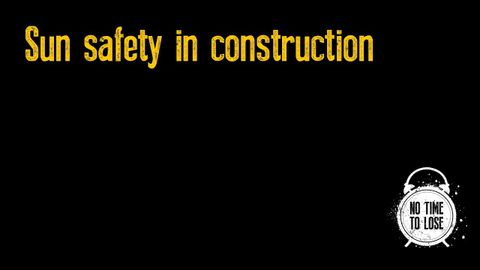
Subtitles & vocabulary
Sun safety in construction
00
kuoyumei posted on 2015/06/28Save
Video vocabulary
risk
US /rɪsk/
・
UK /rɪsk/
- Verb (Transitive/Intransitive)
- To do something potentially dangerous or foolish
- Noun
- Actions that cause potential problems
A1
More surgery
US /ˈsɚdʒəri/
・
UK /'sɜ:dʒərɪ/
- Noun (Countable/Uncountable)
- Medical operation involving cutting into body
- A doctor's office; health clinic
B1
More type
US /taɪp/
・
UK /taɪp/
- Noun (Countable/Uncountable)
- Printed letters or blocks used for printing them
- Group of things or people sharing common features
- Transitive Verb
- To identify something belonging to a group
- To write by touching keys on a keyboard
A1
More area
US /ˈɛriə/
・
UK /'eərɪə/
- Noun (Countable/Uncountable)
- Amount of measured space
- A specific section or space; part of a region
A1TOEIC
More Use Energy
Unlock All Vocabulary
Unlock pronunciation, explanations, and filters
